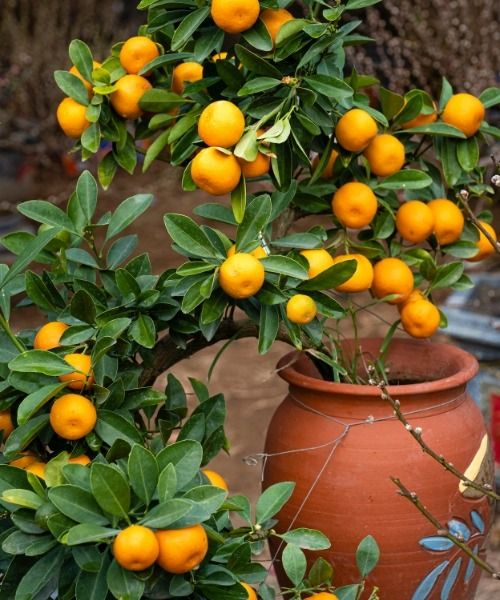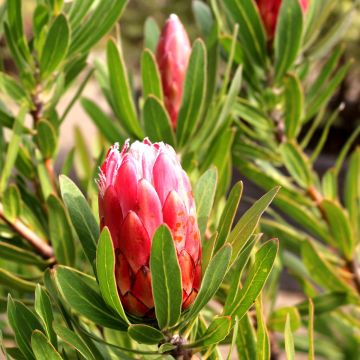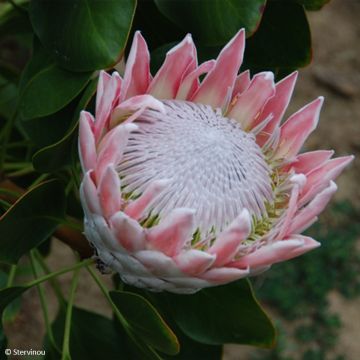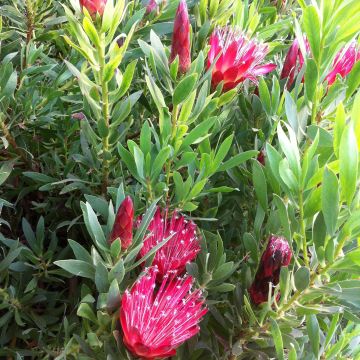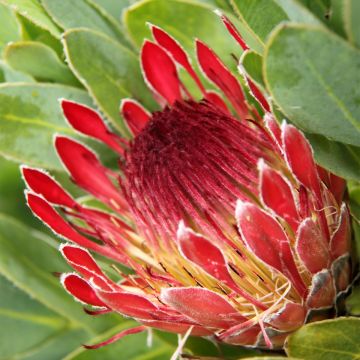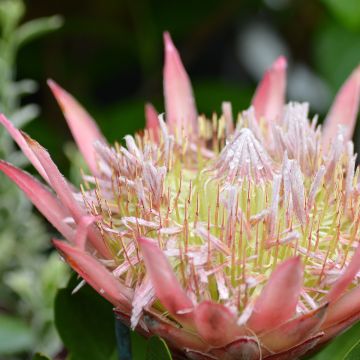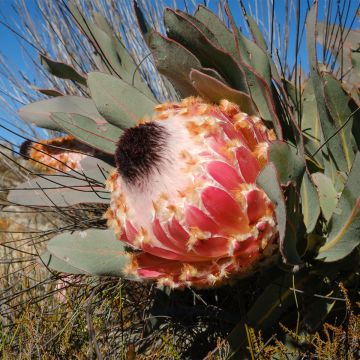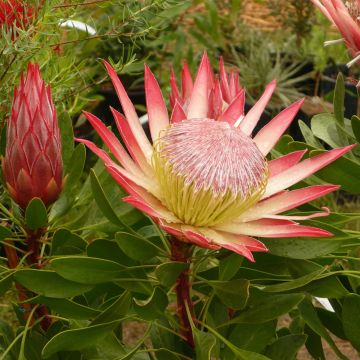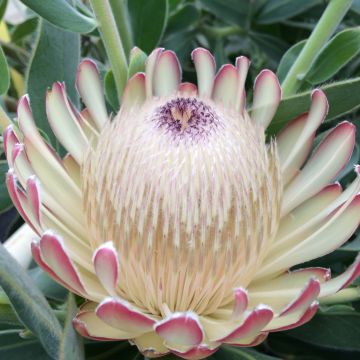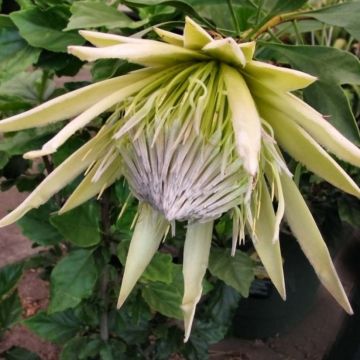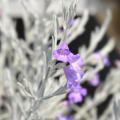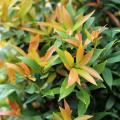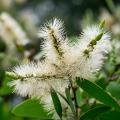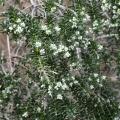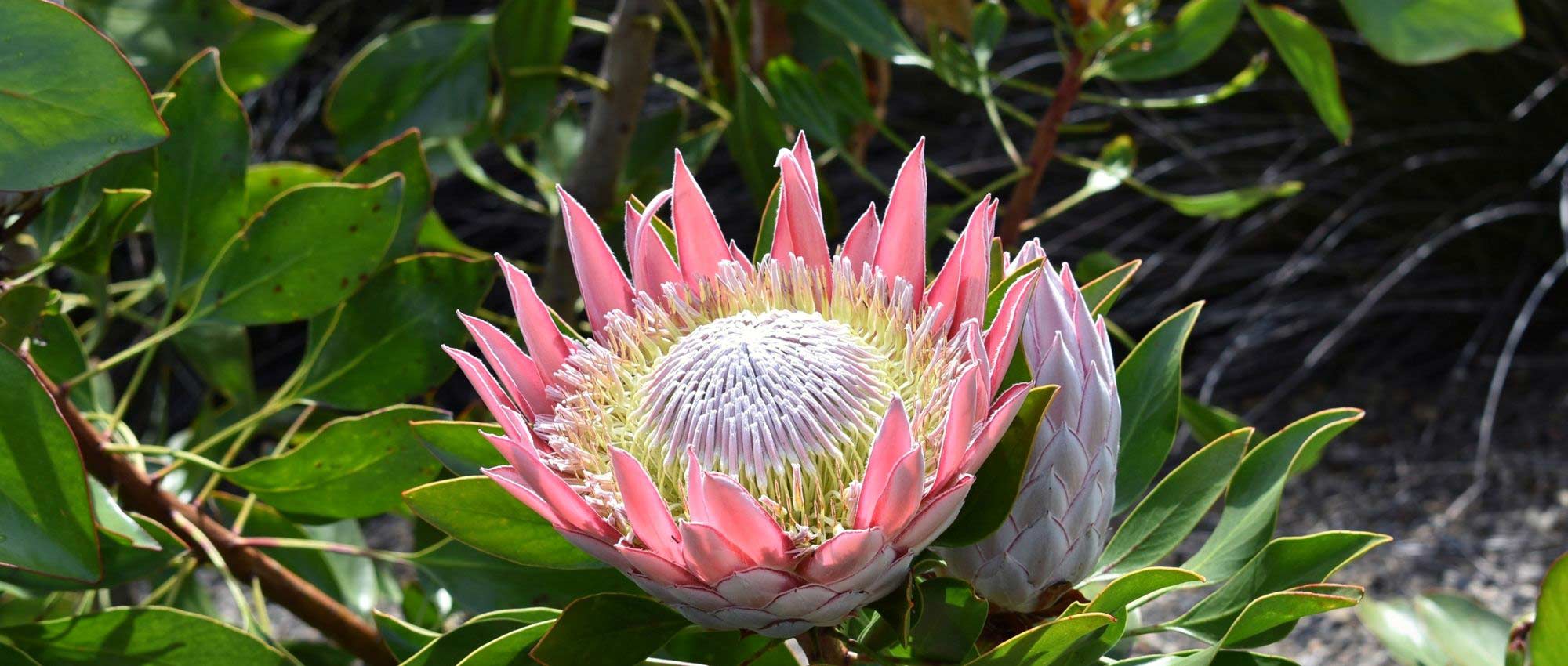Protea
Would this plant suit my garden? Set up your Plantfit profile →
Available in 1 sizes
Available in 1 sizes
Available in 1 sizes
Available in 1 sizes
Available in 1 sizes
Available in 1 sizes
Available in 1 sizes
Available in 1 sizes
Available in 1 sizes
Available in 1 sizes
Protea are shrubs or small trees native to Africa. The genus is quite vast and includes over a hundred species distributed over a short geographical range.
They are shrubs that range in height from 1 to 3m (3 to 10ft). They produce robust stems from a stump composed of thick and deep roots. The King Protea, for example, has a root containing starch that allows it to regrow after a fire. The habit of these shrubs is creeping or erect. Many horticultural hybrids have been created, but they all have in common spectacular flowering in large pendulous cups, formed by velvety bright pink to almost red bracts, from which powdery white stamens emerge. The flowering is long-lasting in dried bouquets.
Proteas should be planted in full sun and protected from winds. This plant requires a light, well-drained soil with an acidic tendency. While adult plants can tolerate occasional frosts of around -6°C in dry soil, young proteas, on the other hand, should be protected from frost during their first years, either in a frost-free location in cool climates or under a winter fleece in regions with mild winters. Cultivation in large pots is preferable, except in the mildest areas, as it will be essential to store the plant as soon as the first frosts occur.
Haven't found what you were looking for?

































